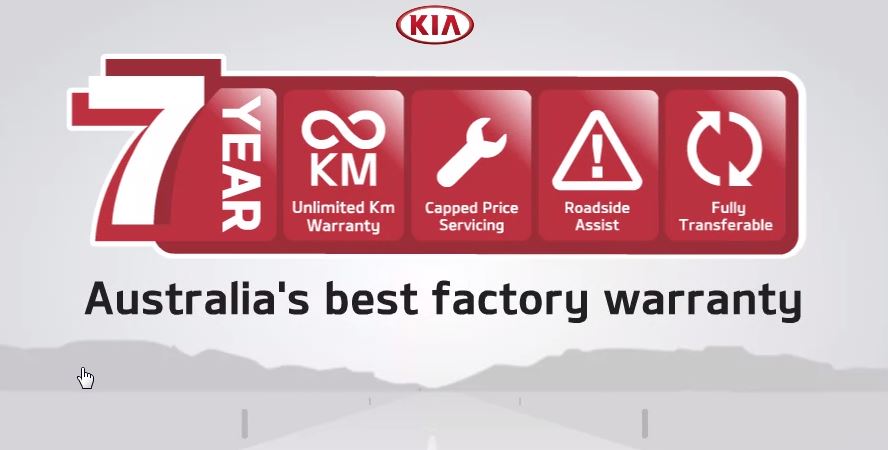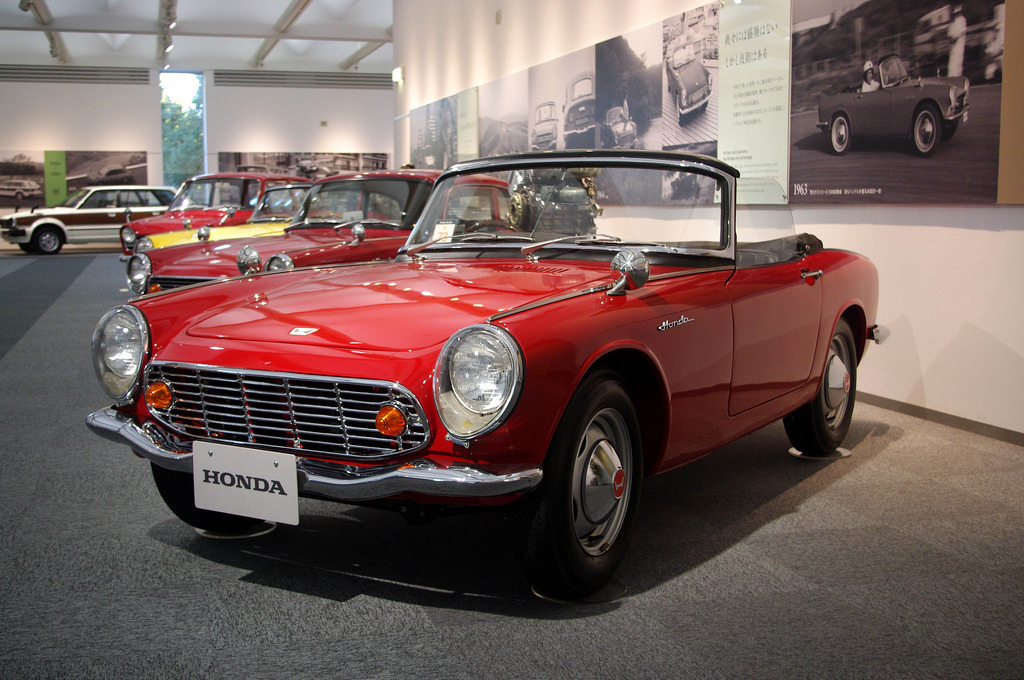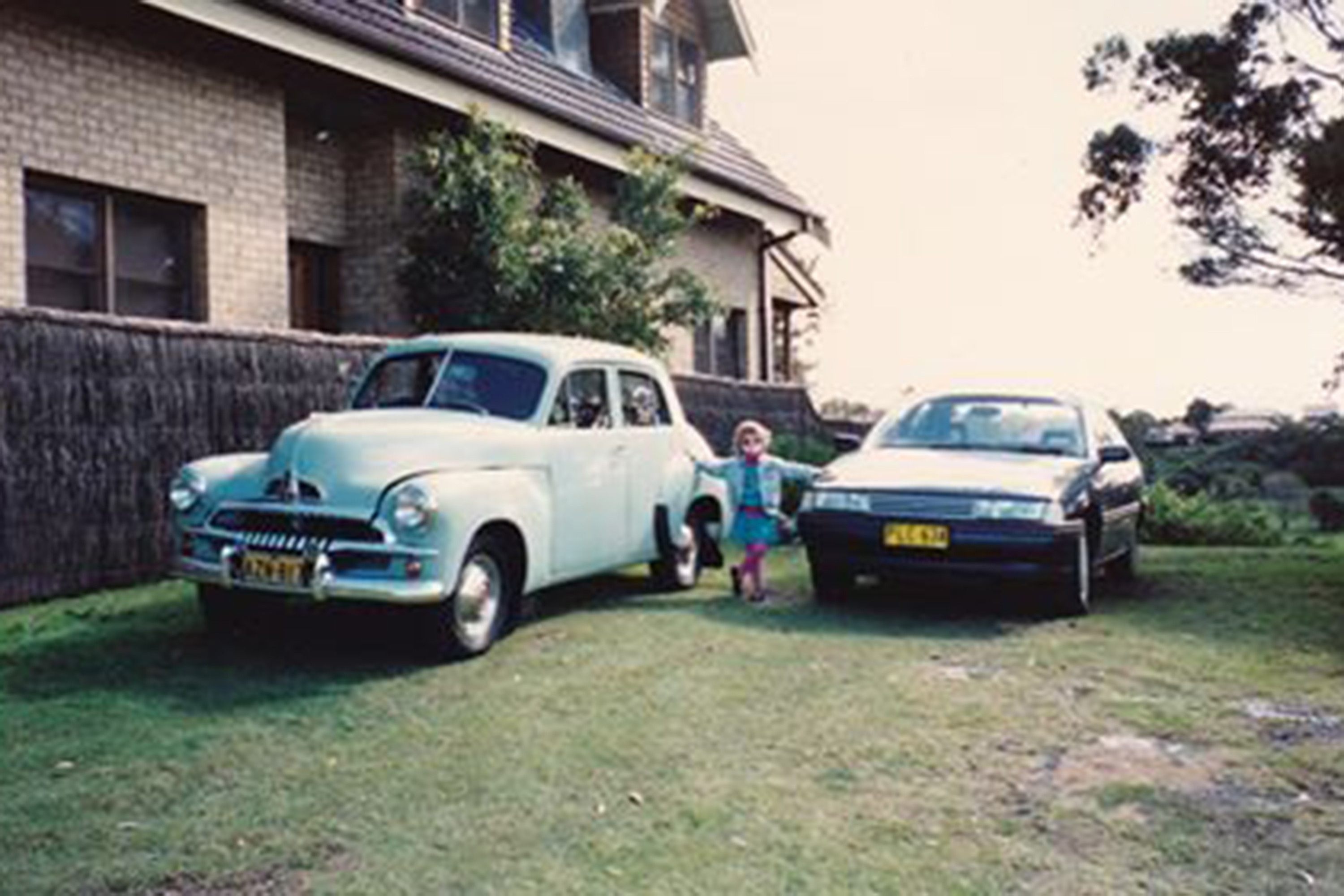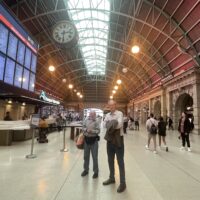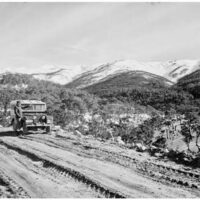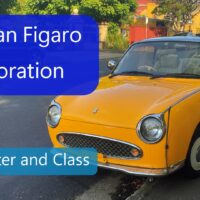https://soundcloud.com/db_drivenmedia/gladesville-bridge-how-a-young-engineer-made-history
Overdrive recently reported on the 50th anniversary of the opening of the Sydney Gladesville Bridge.
At the time of construction it was the longest concrete arch bridge in the world. The design for such an outstanding achievement is usually given to an elder statement of the civil engineering profession, who by now would have passed away.
In fact the design, which was not the one that the road authority had envisaged, was carried out by a very young man.
His name is Tony Gee, and he now lives in Tallahassee Florida and from there he joins us on the line.
- What was your experience prior to being given this job?
- How did it end up coming to you?
- The Road Authority wanted a steel arch bridge, why did you think a concrete one would be better?
- What year did you get the job to design the bridge?
- You designed the structure using techniques of pre- and post- tensioning. This was a relatively new approach?
- When I studied to be a civil engineer in the 70s, computers were still relatively new and still run on punch cars. But you used them back in the 1950s. This must have been pioneering work.
- Did you come out to Australia often? Were you part of the construction team?
- In world terms, is it still a big bridge?
- Did you come out for the opening?
- There was some issues with the sound of the wind through the supporting columns
Interview Transcript
David: Overdrive recently reported on the fiftieth anniversary of the opening of the Sydney Gladesville Bridge. At the time of construction, it was the longest concrete arch bridge in the world. The design for such an outstanding achievement is usually given to an elder statesman of the civil engineering profession who by now would have passed away. In fact, the design, which was not the one that the road authority had envisaged, was carried out by a very young man. His name is Tony Gee, he now lives in Tallahassee, Florida and from there, he joins us on the line. Tony, thanks very much for your time.
Tony: No problem.
David: Now, what was your experience prior to being given this job?
Tony: Very little, David, very little. I graduated in ’56; I started working sometime in the summer and I think this came along almost immediately. I had actually, funnily enough, by coincidence; the only job I think that I had done before I started on this was to design for part of the Narrows Bridge at Perth.
David: Oh, okay.
Tony: G. Maunsell, also, they were the consultants for that and I had a little, tiny part in that.
David: Well, you skipped from a tiny part to a very big part to play, how did that end up coming about? Coming to you?
Tony: Well, it’s a long story David and as you’ve got really, a short interview, but I’ll cut it down. Basically it was the fact that Mr. Maunsell had been to Australia and picked up this potential job that was only potential, because as you said earlier, the department had their own design. Mr. Maunsell recognized the potential for an alternative, came back with the idea, but I think that his partners felt that it was a long-shot and they did not want to commit too much money or resources to it so they chose the cheapest man in the building which was the recent graduate and asked me to do it and it just happened that it turned out to be successful and they didn’t feel that they were justifying taking me off that thing so let me carry on with it.
David: Okay, the Road Authority, what did they want? Not a concrete arch?
Tony: No, they had designed a steel truss bridge.
David: I don’t think it could look nearly as elegant as your steel arch bridge. It’s a lovely one to do there. So you’re saying that around towards the end of the ’50s, your design, it used various techniques that were fairly new at the time?
Tony: Yes, there were quite a lot of innovations built into the design, quite a part of it being the biggest – you said in your introduction, it was the biggest concrete arch – actually, it was the biggest concrete bridge of any kind. And in addition to being the biggest, it also did have quite a number of original design features.
David: It had pre- and post-tensioning, that’s where you stress the concrete beam or the arch up before it gets the load of traffic on it.
Tony: Well, the arch wasn’t pre-stressed. No, the arch is in compression under a certain weight but the deck, the girders, the concrete girders in the deck, they were pre-stressed, post-tensioned.
David: Oh okay, right.
Tony: And the columns, as well.
David: Now, when I studied to be a civil engineer in the ‘70s, computers were, to my mind, still relatively new and still ran on punch cards. Back in the second half of the ’50s, what did you have then?
Tony: Well, there were really only two computers in the whole of United Kingdom that were available for use by, if you like, the general public: one was in Manchester, one was in London. And they were ran on a bureau basis, that is to say, you phoned up and you booked your time – “I want twenty minutes on Thursday afternoon” – just like you were going to the doctor, really. And then you prepared your own data and programs and everything; and it was punched in paper tape actually, it wasn’t even cards, it was a lot of long rolls of paper tape.
David: And so, with no standard programs developed at that time to do the sort of work you had to do?
Tony: No, absolutely not. No.
David: And so you developed that? You became a bit of a programmer, did you?
Tony: Yes, you had to. There was no choice. If you wanted to use the computer, you had to write your own programs, yeah.
David: That is amazing because I came in the era where they were starting to develop packages; although I did a little bit of programming, it was more academic than it was necessarily writing or studying structures. Have you specialized in structures during your university degree?
Tony: No, I went to Cambridge and the engineering degree in Cambridge is a general one; you’re not allowed to specialize. So you had to do electric, electrical engineering, fluid mechanics, all sorts of things. Structures was just one of the parts of the course. I knew what I wanted to do, I’ve always felt that I was a structural engineer but at college, I didn’t specialize in it because I wasn’t allowed to.
David: How did you feel when they gave you the project?
Tony: I don’t think I felt anything, David, because I didn’t realize the enormity of it, you know? It was just a job, I’d just started work, I would just pretend to do what they wanted me to do. Obviously, it’s a long time ago, I can’t remember my emotions and I must have thought it was a big job but at the same time, I think it was just another job. I had to get down to it and view the calculations and so on.
But going back to computers for a moment, since I came to the states in the ’80s, it comes up in conversation that I was using a computer for bridge design in the late ’50s, ’60s, ’70s, ’80s, the Americans just don’t believe me. They just say, “No, absolutely not. The first record of any use of computers for structural engineering or bridge design or anything else in America was about 1965;” and the Americans always like to feel that they were first in anything. So I always have to produce copies of the two papers – I actually wrote two papers about it. I have to produce those two to persuade anybody over here that I did actually use a computer in 1957 or ’58.
David: It is amazing what you did. In world terms, it’s still a big, concrete bridge, isn’t it?
Tony: Oh yeah. It’s still the sixth biggest concrete arch, fifty years later. That’s quite surprising.
David: Now, in fact you designed with a span of just a bit under a thousand feet, they’ve actually extended to break the record, didn’t they?
Tony: No, not to break the record, because the original design that we did that was tender done, was nine-hundred ten feet – and that would’ve been a record anyway. That was bigger than any existing concrete arch. So the nine-hundred ten would’ve been enough; but I think somebody in the Department of Main Roads wanted to be – I think Australians are a bit like Texans, they want to have the first or the biggest of something. And they just though a thousand sounded good and so we were asked to have a look at a thousand-foot design so we could in fact tell them how much the extension was going to cost. And obviously, it was satisfactory and so they said, “Right, were going ahead; were going to a thousand feet.”
David: And just to put a little bit more pressure on you, did you come out here often? Did you look at the site? Or did you design it basically from England?
Tony: Yeah, it was pretty much designed – I came twice. I came once during the time of, shall we say, the approvals process. The department, I can’t say they were scared by it but they wanted to make sure it was thoroughly reviewed and checked, and apart from their own engineers, they used The University of Sydney Civil Engineering Department and then later on, they also used the French firm S UP; but when the checking was being done in Sydney by The University of Sydney and by the department, I came out to answer a bunch of questions that had arisen. I can’t remember – it was probably a month or something like that, but when I came out again later, just prior to jacking the first rib and I was there for about three months altogether that time. I really enjoyed it. Sydney is a beautiful place.
David: We’re very proud of it, there’s no question about that. Have you been out subsequent to that? Have you driven across the bridge?
Tony: Yes, my wife and I came out for a vacation in 1992 and drove across it and walked underneath it and generally had a good look at it – to be in spanking good condition, I was very pleased with it.
David: What was the great advantage of the concrete design versus the one that the department of main roads wanted to do?
Tony: Super – as simple as that. It was a competitive bid situation and it was the cheapest bid. I think I’m right in saying, it was cheap by quite a large margin and this is one of the factors that encouraged them to ask us to increase the span to a thousand feet. They had quite a bit of money in-hand. Obviously, they couldn’t ask us to do something which could have made it not the cheapest. The second person would have appealed but they had quite a bit in the end so we were able to increase the span to a thousand feet without still being the cheapest bid.
David: I think in today’s terms, the actual cost was $125 million, in today’s money. Which is really – I consider pretty, very reasonable. I think it will cost a lot more now with today’s prices. It sounds to me like you did a great job.
Tony: I’ve seen two or three different numbers and apparently, it depends which index you use – retail price index or consumer price index or some other index – and the differences are huge. I’ve seen figures varying from $60 million to, as you say, $125 million. That seems to be the upper limit.
David: Oh, okay.
Tony: But it’s probably good value. I don’t know anything about current Australian prices but it would be a pretty fair price in America for a bridge that size, yeah.
David: Okay, and so the rest of your career you’ve stayed in structures, did you?
Tony: I’ve stayed in bridges for about seven or eight years and then I just had a yen to do buildings – the firm I was working for, Mausels, pretty much only did bridges and some dock-and-harbor work. And although I thoroughly enjoyed bridges, I thought there must be other things so I deliberately made a career move and went and designed buildings and building structures for five years. Then I went back to bridges and I realized I haven’t done much bridges since.
David: It’s a lovely thought and let me tell you, you designed a beautiful bridge. My son goes over there every day and he just loves the look of it and loves it as a bridge. Tony, I appreciate your time greatly. Thank you very much.
Tony: Yeah, thank you very much indeed and I’m glad you like it. Okay, take care, and enjoy Sydney.
David: Yeah, thank you tony.
And that’s Tony Gee, the man who designed the Gladesville Bridge back in the second half of the ’50s and the bridge of course celebrated its fiftieth anniversary.

